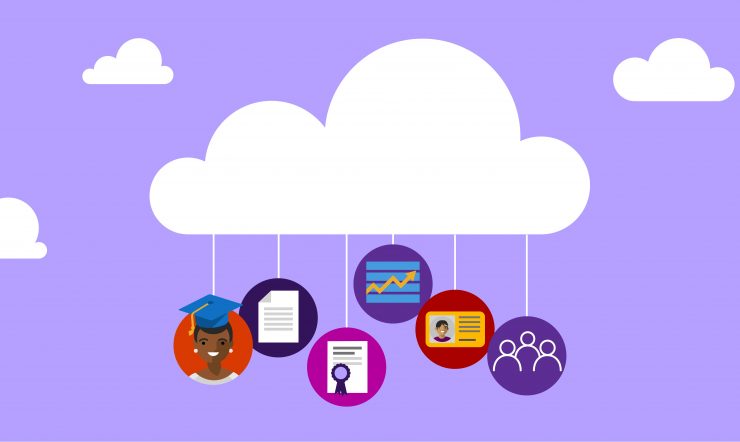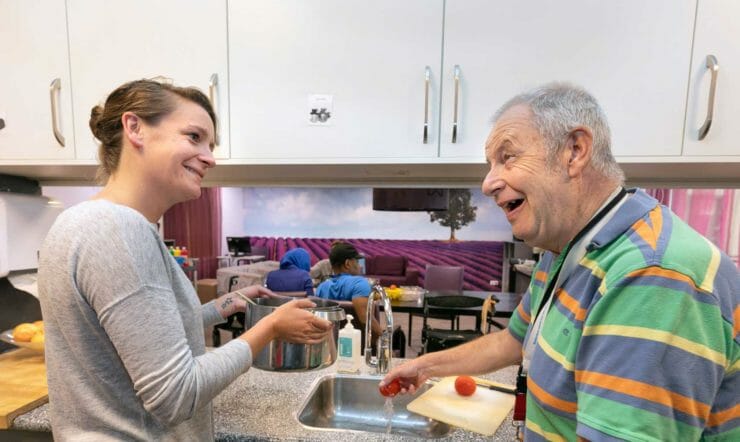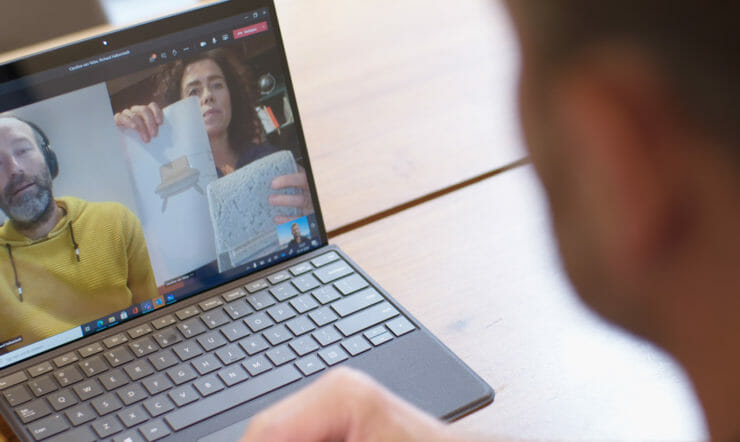“When COVID-19 was on the verge of breaking out, we had to make a choice about how to go further,” says Kees Versteeg, the principle of Griftland College. The secondary school, located in the Dutch town of Soest, was one of the first in the Netherlands to close and start teaching 100% remotely.
He describes the disorientation of the early days of the coronavirus pandemic: “I was sitting in the school and there were no students, there were no teachers, this was the strangest moment for me to be a leader of a school.”
But Griftland College was better placed than many other schools to quickly meet the changed teaching needs of this unusual historical moment. As Versteeg explains: “We were already working with Microsoft Teams for several years.”
Before COVID-19 struck, the school used Teams to share assignments and for students to turn in finished work. That initial familiarity made all the difference — allowing the teachers and students to make full use of Teams’ potential and quickly and smoothly make the jump to full-time remote learning.
“It’s a blended way of working,” says teacher Jorinde De Vos. “We teach with devices online, but we also use books because I think it’s very important that they work offline.
“Teaching online is different from teaching offline, at school you can see all the faces, but teaching with Microsoft Teams is the next best thing,” De Vos says. Embracing Teams has allowed the school year to nearly seamlessly carry on, despite the huge disruptions to students’ and teachers’ day-to-day lives.
The modern remote learning classroom
The teachers at Griftland College have found using Microsoft 365 provides a wide range of applications for the modern classroom – whether remote, or in person.
“We not only use Microsoft Teams, but we use Office 365 and Microsoft Forms,” says De Vos.
Assessment is a key part of secondary education. By using Microsoft Forms as a way for students to take tests remotely, they won’t have lost any progress during their period of social distancing. It’s a trusted app which has always provided “reliable and valid results,” De Vos adds.
The flexibility of Teams, which allows students to make active decisions about how and when they want to learn, has made education more accessible, says De Vos.
“Students are more in charge of their development and learning, making their education more effective,” she adds.
Staying connected to students – and each other
Students find Teams an easy way to chat with teachers, but also their fellow classmates, helping them to stay connected with each other during a strange and potentially isolating time. De Vos shared how one student used Teams to show off their new dog to the class.
“There’s a need for students to talk together within lessons,” Versteeg says. “With Teams, it’s easy to facilitate and organize this.”
Teams also provides some respite for teachers and school staff, who have created a Teams staffroom where they can relax and make small talk.
“It allows us to get together casually – we share silly jokes, celebrate together when it’s someone’s birthday, we’ve done pub quizzes together,” says Versteeg.
“We also received lots of nice messages and compliments from parents over these difficult months, and the staffroom allowed us to share these with each other. These private channels have been a really nice distraction in a very stressful period” he adds.
Teaching with Teams is here to stay
Making the shift to remote learning has required some changes to the structure of the school day.
Versteeg explains that they found their students “are more focused in the morning, and not the afternoon” and that “their focus on a screen only lasts half an hour, and then it’s gone”.
Griftland College structured lessons in a way that worked for both for teachers and students – reducing class times from 60 to 30 minutes, and organizing scheduled classes in the mornings, and optional courses for those who wanted them in the afternoons.
The college is continuing to rely on Teams now that students have begun, from June 2nd, to return to classrooms. Around a third of all pupils (35%) are back in the classroom.
In order to comply with government mandated social distancing, with students 1.5m apart, only a 1/3 of students will be on campus at a time. The same classes will be taught at the same time to students at home and at school through Teams.
“All the programs are all integrated into Teams, so it’s very easy to just have it in one spot,” De Vos says.
“Looking into the future, I think Microsoft Teams is here to stay.”



























